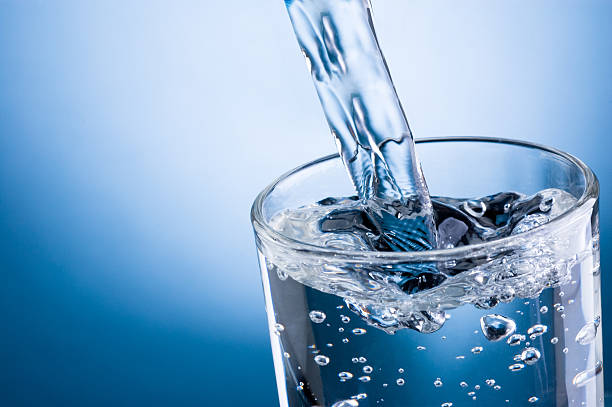ACETONE

Parameter Type: Drinking Water Testing for Volatiles
Parameter Name: Acetone
What it is and Where it Comes From:
Acetone, or propanone, is an organic compound with the formula (CH3)2CO. It is the simplest and smallest ketone. It is a colorless, highly volatile, and flammable liquid with a characteristic pungent odor. Acetone is found in nature in plants, trees, gas from volcanoes, and forest fires. It is highly water soluble and can leach readily into the groundwater. Acetone is found in exhaust from cars and trucks, tobacco smoke, factories, and landfills. Acetone is used to make plastic, fibers, drugs, and chemicals. It is a common building block in organic chemistry. Familiar household uses of acetone are as the active ingredient in nail polish remover and as paint thinner. While it has volatile organic compound (VOC) exempt status in the United States, it is considered by the EU as a contributor to environmental pollution. Drinking water testing gives you several benefits like peace of mind, identifying contaminants in your water, and insight into health concerns. Safe Home offers Laboratory drinking water testing kits for acetone, allowing you to collect your water sample and ship it directly to our EPA-Certified Laboratory. This platform of drinking water testing for acetone will give you an accurate level based on the lowest level of a parameter our instruments can detect (Method Detection Level). Safe Home drinking water testing for volatiles can be used for city and well water supplies. Drinking water testing should be done any time you notice a significant change in your water quality.
Health Effects:
Short-term symptoms included irritation of the eyes and respiratory system, mood swings, and nausea. Accidental poisonings report similar nervous system effects of sluggishness and drowsiness that were not long lasting. Only one animal study could be located, which investigated the effects of acetone exposure by ingestion. Rats were given drinking water containing acetone at a concentration of 25,000 ppm for 18 weeks. The only effect observed in the rats was weight loss, which may be attributed to decreased food consumption. There is no data regarding the carcinogenicity of acetone in any animal studies. Chemicals like acetone have not been found to be carcinogenic to humans. Acetone has been categorized by the U.S. Environmental Protection Agency (EPA) as a Group D carcinogen. Acetone has been negative in several mutagenicity assays. Male rats exposed to very high concentrations of acetone in drinking water (3,400 milligrams per kilogram of bodyweight/day) had increases in malformed sperm and reduced sperm movement. Whether these effects would impair reproductive ability is not known.
Solutions to Contaminant Levels:
After drinking water testing, how can I resolve the issue? The use of an activated carbon filter on the water supply can reduce the amount of acetone in contaminated well water. A filter with granular activated carbon (GAC) is a proven option to remove certain chemicals, particularly organic chemicals, from water. GAC filters also can be used to remove chemicals that give objectionable odors or tastes to water such as hydrogen sulfide (rotten eggs odor) or chlorine. Drinking water testing should be done once at least once a year to monitor contaminants in water supplies. Who do I need to contact to find out more information about water quality in my area? Every community water supplier must provide an annual report to its customers, known as a Consumer Confidence Report (CCR). The report provides information on your local drinking water quality, including the water’s source, contaminants found in the water, and how consumers can get involved in protecting drinking water. How often does the local public water system preform drinking water testing? Frequency of drinking water testing depends on the number of people served, the type of water source, and types of contaminants. Certain contaminants are tested more frequently than others, as established by the Safe Drinking Water Act. You can find out about levels of regulated contaminants in your treated water for the previous calendar year in your annual Consumer Confidence Report (CCR).


